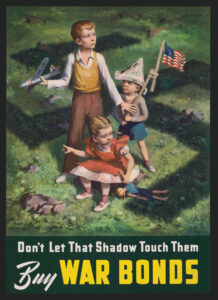On The Laps of Gods: The Red Summer of 1919 and the Struggle for Justice That Remade a Nation
Robert Whitaker, Crown, 386 pp., $24.95
The summer of 1919 was stained with African-American blood. More than 26 race riots erupted around the country, leaving hundreds dead and countless more dispossessed and homeless. In September, the most notorious incident unfolded with grinding horror in Phillips County, Arkansas, where black sharecroppers, systematically deprived of a fair share of cotton profits, attempted to organize a legal challenge to white landowners.
About 100 black farmers and their families gathered at the Hoop Spur Baptist Church in Elaine, Ark., on the night of September 30 to consider joining a farmers’ union when a fight broke out between a white deputy sheriff, a railroad detective and armed black guards brought by the farmers to protect those inside the church. The skirmish soon escalated to horrific proportions as between 500 and 1,000 armed mercenaries (many of whom came across the Mississippi border “with blood in their eyes,” according to one witness) went on a rampage, augmented by 500 U.S. Army soldiers acting on the erroneous belief that the blacks were engaged in armed insurrection.
Witnesses, even those who were unsympathetic to African-American civil rights, claim that men, women and children were hunted down and randomly slaughtered. The press reports were so distorted that there is little consensus to this day over the death toll, though Whitaker and others are able to establish that at least 100 African Americans had died over a three-day period. (Some place the estimate at closer to 200.) None of the whites ever faced legal consequences for such savagery, but more than 300 black farmers were arrested in connection with the deaths of five white people during the massacre. Twelve of them were convicted in a speedy trial and sentenced to die by electrocution.
Whitaker’s admirable reportorial acumen is on full display here, yet he takes an awfully long time before arriving at his plot’s turning point: The entrance of Scipio Africanus Jones, an African-American attorney from Little Rock. Jones’ persistent challenge of the convictions led to the U.S. Supreme Court’s decision, in Moore v. Dempsey (1923), which in effect said black defendants could no longer be deprived of due process—one of the first steps toward the modern civil rights movement.
Jones comes across, quite properly, as a heroic figure, but Whitaker paints his portrait mostly with platitudes. The unfortunate upshot is that readers are left suspecting that Jones was a far more complicated and intriguing figure than this book has the time or space to disclose.
Originally published in the December 2008 issue of American History. To subscribe, click here.




